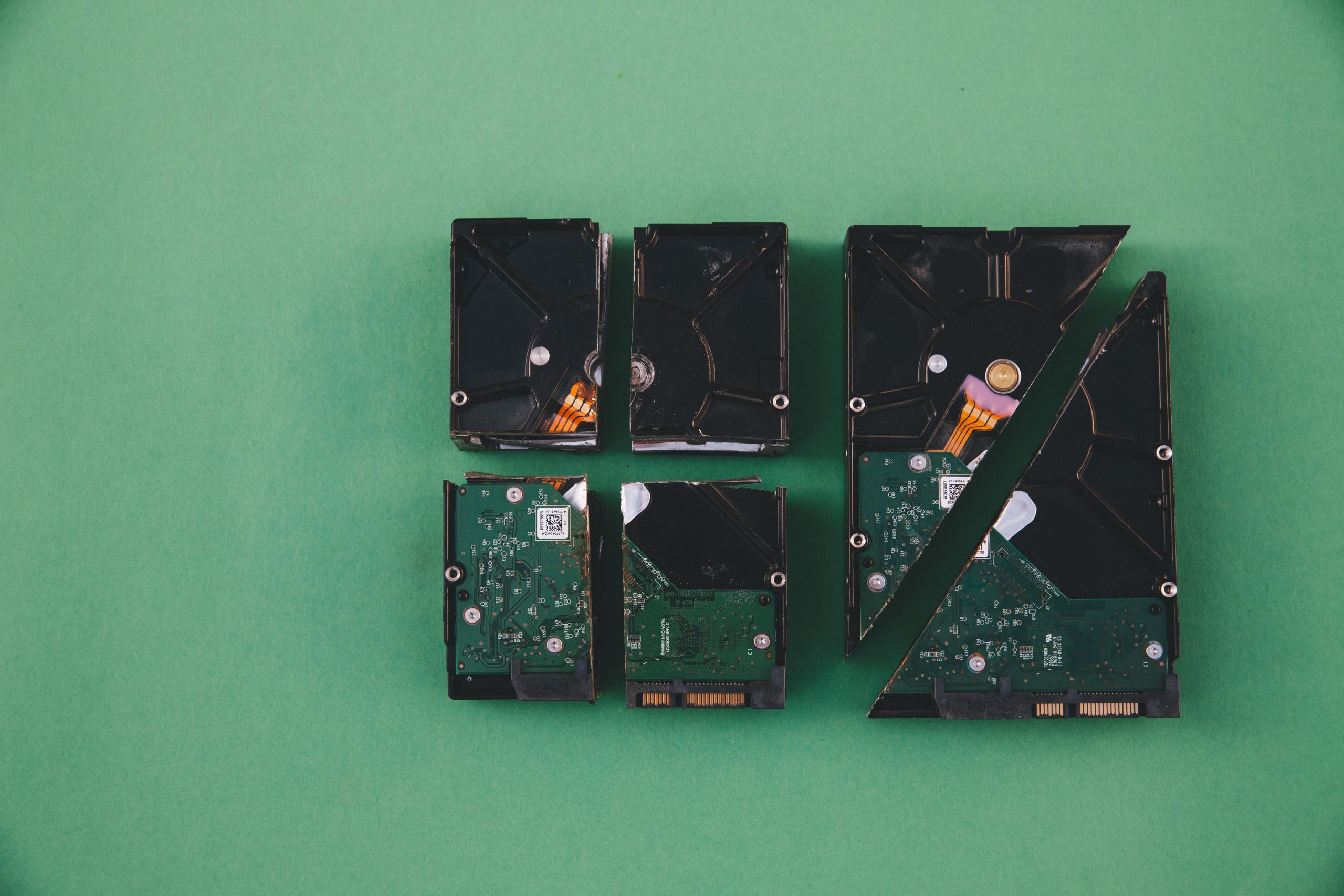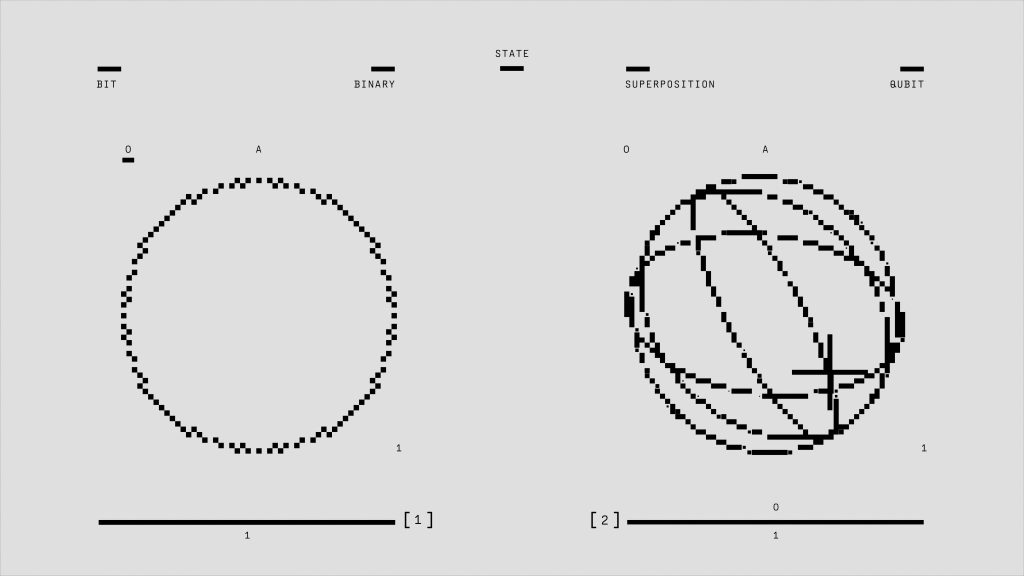Troubleshooting External HDD Connectivity Issues: Clicks, Recognition Problems, and Data Recovery
External hard drives are essential for data backup and transfer, but users occasionally encounter issues such as clicking sounds and failure to recognize the drive. Understanding these problems, their possible causes, and potential solutions can help you recover valuable data and maintain the health of your storage devices.
Understanding Common Symptoms
A frequently reported issue involves a 3.5-inch SATA hard drive (e.g., Hitachi Deskstar 1TB models) that, when connected via a USB adapter, produces clicking noises and fails to appear consistently in the system’s file explorer. Sometimes, such drives might briefly become accessible, allowing files to be transferred, but their recognition becomes unreliable over time.
Potential Causes
- Mechanical Failures: The clicking sound often signifies mechanical issues within the drive, such as faulty read/write heads or motor problems.
- Bad Connectivity or Power Problems: Insufficient power or loose connections can cause intermittent recognition.
- File System Corruption: Corruption due to improper shutdowns or previous failures can prevent drive detection.
- Aging or Physical Wear: Storage devices that have sat unused for years are more prone to mechanical degradation.
Troubleshooting Steps
- Verify Connections and Power Supply
- Use a reliable USB-to-SATA adapter.
- Try connecting the drive to different USB ports or computers.
-
Ensure the drive receives adequate power; some drives require external power adapters.
-
Check Disk Management
- On Windows, open Disk Management (Right-click on “This PC” > Manage > Disk Management).
- See if the drive appears there, even if not in Explorer.
-
If the disk appears but is unallocated or shows errors, caution is advised to prevent further data loss.
-
Listen for Mechanical Noises
- Repeated clicking, humming, or grinding sounds are indicative of physical failure.
-
If the drive makes concerning noises, professional data recovery services might be necessary.
-
Attempt Safe Data Access
- Use data recovery software such as Recuva, EaseUS Data Recovery, or Stellar Data Recovery.
-
Follow the software instructions carefully to scan and retrieve files from the problematic drive.
-
Consider Using a Linux Live Environment
- Booting from a Linux live USB can sometimes recognize drives that Windows does not.
- Tools like GParted or **Photorec
Share this content:



